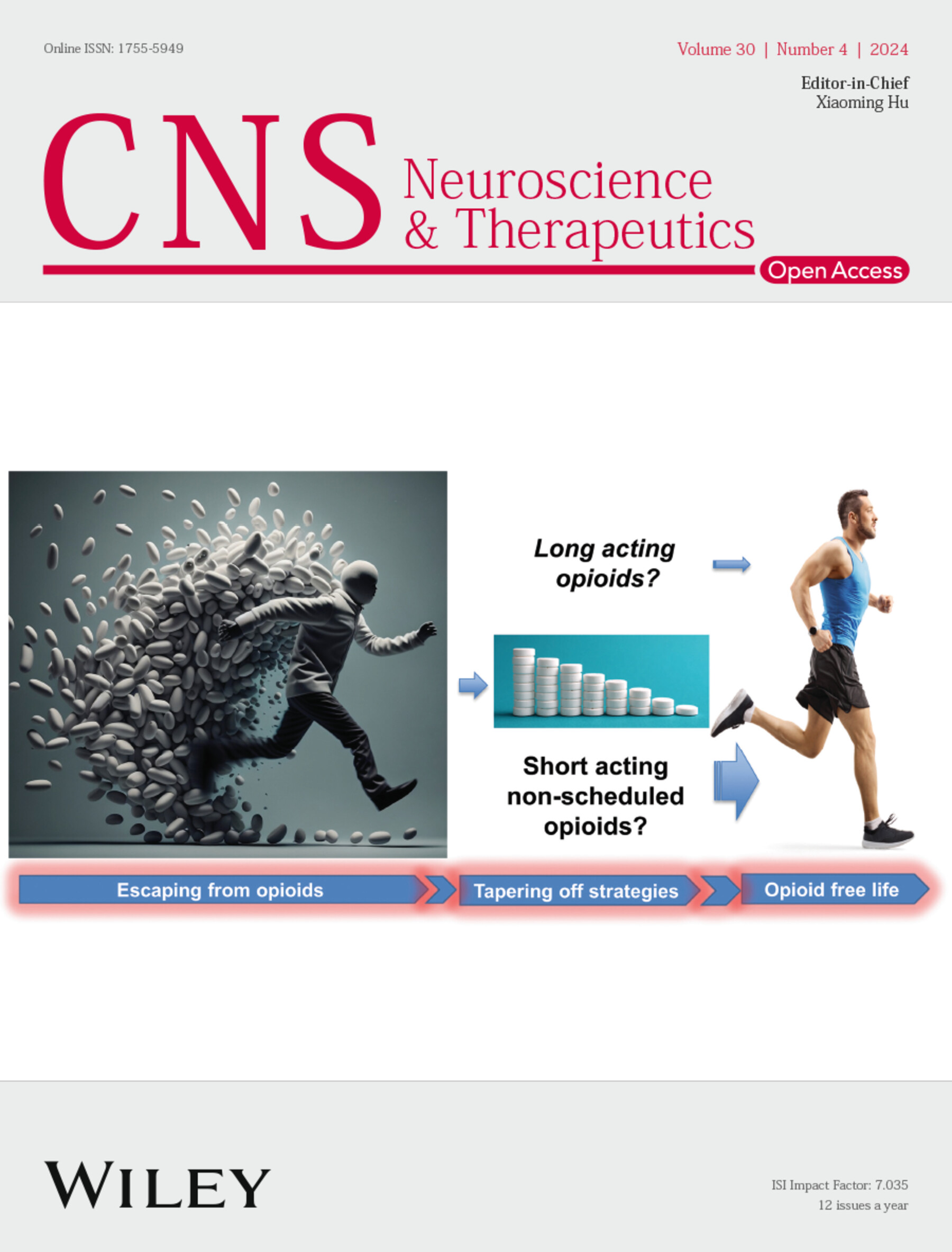Visuomotor Training to Enhance Proprioception of Contralateral Wrist Based on the Cross-Transfer Effect
Abstract
Background
Neurological diseases such as stroke or Parkinson's disease are often accompanied by weakening or loss of proprioception, which seriously affects the motor control ability of the patients. However, proprioception rehabilitation is challenging due to the pain caused by impaired joints and the hard efforts that patients have to make during training. This study investigated the cross-transfer effect of short-term visuomotor training to the untrained wrist from the trained wrist, from both views of behavioral results and brain activity analyses.
Methods
Thirty healthy volunteers aged 25.53 ± 4.95 years were recruited for this study. They were randomly assigned into two groups: the visuomotor (n = 15) group performed visuomotor training (VM group) and the conventional training (n = 15) group (CT group) performed flexion and extension training on the right wrist. Behavioral tests (movement accuracy error, MAE) were performed both before and after training, with electroencephalogram (EEG) recorded. The movement-related cortical potentials (MRCPs), event-related potentials (ERPs) and event-related spectral perturbation (ERSP) were calculated in the test session before and after training.
Results
Behavioral results showed that after visuomotor training of the right wrist on the VM group, the mean MAE of both the right wrist and untrained left wrist were reduced (p < 0.05) after training. EEG topography showed reduced brain activity as the behavioral test task became familiar. ERPs showed a decrease in amplitude during the behavioral test for both trained and untrained wrist movements. MRCPs latency significantly increased at C3 and C4 while amplitude decreased at C3 and Cz for the right wrist; latency significantly increased at C3 while amplitude decreased at Cz for the left wrist. Increased power at CP3 for the right wrist and CP4 for the left wrist in α-frequency ERSP after VM was observed; reduced power in β-frequency ERSP after VM was observed for both wrists. For the CT group, the mean MAE of the trained right wrist increased (p < 0.05) after training, while the untrained left wrist showed no statistical significance. No significant energy changes corresponding to the left/right wrist were observed in EEG topography after training. There was a noticeable decrease in ERPs amplitude at the central and parietal regions for both the left and right wrists. The MRCPs latency significantly increased at C3 for the right wrist; however, the latency and amplitude did not significantly change for the left wrist. Decreased power at FC3 and CP3 for the right wrist in α-frequency ERSP after CT was observed. From the regression analysis, the behavioral improvement of VM-R was correlated with CP3; the behavioral improvement of VM-L was correlated with C3, C4, CP3, and CP4.
Conclusions
Visuomotor training on the right wrist led to proprioceptive improvements in both the trained and untrained wrists, demonstrating a cross-transfer effect. These findings suggest that visuomotor training could be used in rehabilitation protocols to improve proprioception in patients with neurological diseases, offering a less painful and more efficient method to restore motor control.


 求助内容:
求助内容: 应助结果提醒方式:
应助结果提醒方式:


